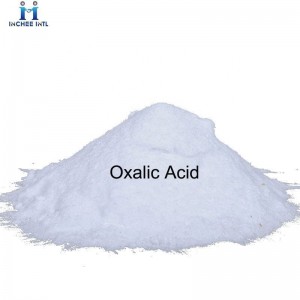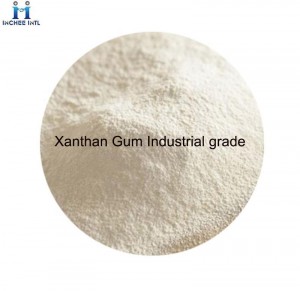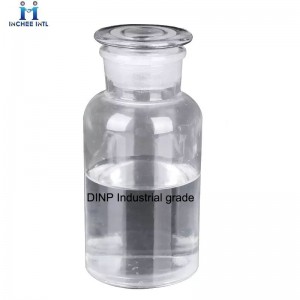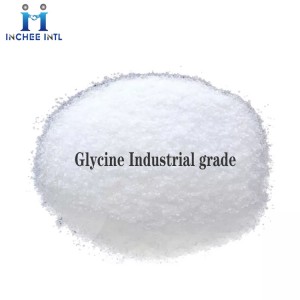-

Manufacturer Good Price Oxalic Acid CAS:144-62-7
Oxalic acid is a strong dicarboxylic acid occurring in many plants and vegetables, usually as its calcium or potassium salts. Oxalic acid is the only possible compound in which two carboxyl groups are joined directly; for this reason oxalic acid is one of the strongest organic acids. Unlike other carboxylic acids (except formic acid), it is readily oxidized; this makes it useful as a reducing agent for photography, bleaching, and ink removal. Oxalic acid is usually prepared by heating sodium formate with sodium hydroxide to form sodium oxalate, which is converted to calcium oxalate and treated with sulfuric acid to obtain free oxalic acid.
concentrations of oxalic acid are pretty low in most plants and plant-based foods, but there’s enough in spinach, chard and beet greens to interfere with the absorption of the calcium these plants also contain.
It is produced in the body by metabolism of glyoxylic acid or ascorbic acid. It is not metabolized but excreted in the urine. It is used as an analytical reagent and general reducing agent.Oxalic acid is a natural acaricide used for treatment against varroa mites in colonies with no/low brood, packages, or swarms. Vaporized oxalic acid is used by some beekeepers as an insecticide against the parasitic Varroa mite. -

Manufacturer Good Price Xanthan Gum Industrial grade CAS:11138-66-2
Xanthan gum, also known as Hanseonggum, is a kind of microbial exopolysaccharide which is produced by Xanthomnas campestris with carbohydrate as main raw material (such as corn starch) through fermentation engineering. It has unique rheology, good water solubility, stability to heat and acid base, and has good compatibility with a variety of salts. As a thickening agent, suspension agent, emulsifier, stabilizer, can be widely used in food, petroleum, medicine and other more than 20 industries, is currently the world’s largest production scale and very widely used microbial polysaccharide.
Xanthan gum is light yellow to white movable powder, slightly smelly. Soluble in cold and hot water, neutral solution, resistant to freezing and thawing, insoluble in ethanol. Water dispersion, emulsification into a stable hydrophilic viscous colloid.
-

Manufacturer Good Price DINP Industrial grade CAS:28553-12-0
Diisononyl phthalate (DINP):This product is a transparent oily liquid with a slight odor. It is a versatile main plasticizer with excellent properties. This product is soluble in PVC, and will not precipitate even if used in large quantities. Volatilization, migration and non-toxicity are better than DOP (dioctyl phthalate), which can give the product good light resistance, heat resistance, aging resistance and electrical insulation properties, and the comprehensive performance is better than DOP. Because the products produced by this product have good water resistance and extraction resistance, low toxicity, aging resistance, excellent electrical insulation performance, so it is widely used in toy film, wire, cable.
Compared with DOP, the molecular weight is larger and longer, so it has better aging performance, resistance to migration, anticairy performance, and higher high temperature resistance. Correspondingly, under the same conditions, the plasticization effect of DINP is slightly worse than DOP. It is generally believed that DINP is more environmentally friendly than DOP.
DINP has superiority in improving extrusion benefits. Under the typical extrusion processing conditions, DINP can reduce the melting viscosity of the mixture than DOP, which helps reduce the pressure of the port model, reduce mechanical wear or increase the productivity (up to 21%). There is no need to change the product formula and production process, no additional investment, no additional energy consumption, and maintaining product quality.
DINP is normally oily liquid, insoluble in water. Generally transported by tankers, small batch of iron buckets or special plastic barrels.
One of the main raw materials of DINP -INA (INA), currently only a few companies in the world can produce, such as the United States’ Exxon Mobil, Germany’s winning company, Japan’s Concord Company, and South Asian company in Taiwan. At present, no domestic company produces INA. All manufacturers who produce DINP in China are all required to come from imports.
Synonyms:baylectrol4200;di-’isononyl’phthalate,mixtureofesters;diisononylphthalate,dinp;dinp2;dinp3;enj2065;isononylalcohol,phthalate(2:1);jayflexdinp
CAS: 28553-12-0
MF:C26H42O4
EINECS:249-079-5
-

Manufacturer Good Price Glycine Industrial grade CAS:56-40-6
Glycine :amino acid (industrial grade) Molecular formula: C2H5NO2 Molecular weight: 75.07 White monoclinic system or hexagonal crystal, or white crystalline powder. It’s odorless and has a special sweet taste. Relative density 1.1607. Melting point 248 ℃ (decomposition). PK & rsquo;1(COOK) is 2.34,PK & rsquo;2(N + H3) is 9.60. Soluble in water, solubility in water: 67.2g/100ml at 25 ℃; 39.1g/100ml at 50 ℃; 54.4g/100ml at 75 ℃; 67.2g/100ml at 100 ℃. It is extremely difficult to dissolve in ethanol, and about 0.06g is dissolved in 100g of absolute ethanol. Almost insoluble in acetone and ether. Reacts with hydrochloric acid to form hydrochloride. PH(50g/L solution, 25 ℃)= 5.5~7.0
Glycine amino acid CAS 56-40-6 Aminoacetic acid
Product Name: GlycineCAS: 56-40-6






